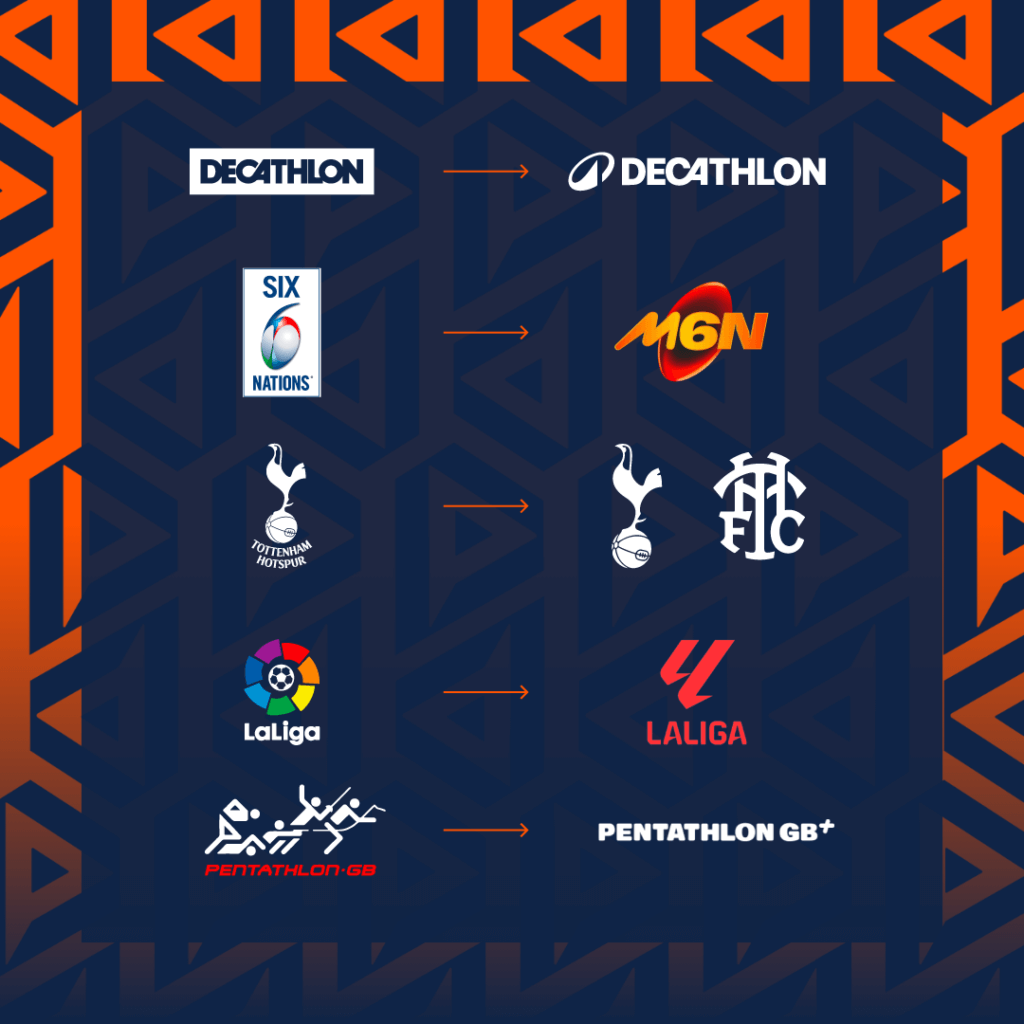As the sports industry continues to evolve, the integration of cutting-edge technology in marketing strategies is no longer a luxury—it’s a necessity. To remain competitive and deliver exceptional value to fans and stakeholders, embracing technological advancements that drive innovation and efficiency is paramount.
Key Insights and Trends
AI and Machine Learning: By 2025, the use of AI in sports marketing is expected to grow by 32%. These technologies enable us to analyse vast amounts of data, predict trends, and deliver personalised experiences at scale. From targeted advertising to optimising ticket sales, AI and machine learning are revolutionising how we connect with fans.
Augmented Reality (AR) and Virtual Reality (VR): 60% of sports fans are eager to engage with AR/VR content. These immersive technologies can transform the way fans interact with sports, creating unforgettable experiences and deeper engagement. Imagine virtual tours of stadiums, AR-enhanced live broadcasts, and VR training programmes for athletes—all of which can significantly enhance fan involvement and satisfaction.
Blockchain for Transparency: Blockchain technology ensures transparency and security in ticketing and merchandise, reducing fraud and building trust with fans. The sports blockchain market is projected to reach $2 billion by 2026. By using blockchain for ticket sales and merchandise, sports organisations can provide verifiable authenticity and secure transactions, enhancing the overall fan experience.
Esports and Digital Platforms: The global esports market is set to surpass $1.6 billion by 2024. Leveraging digital platforms for esports can tap into new fan bases and revenue streams, expanding our reach and influence. With the growing popularity of esports, there is a significant opportunity to engage younger audiences and create new marketing avenues.
Strategic Implementation
Adopt AI and Machine Learning: Utilising AI-driven analytics to understand fan behaviour, optimise campaigns, and enhance decision-making processes can provide a significant competitive edge. These technologies can help predict which games will draw the biggest crowds, what merchandise will be most popular, and how to maximise fan engagement.
Leverage AR and VR: Integrating AR/VR experiences in marketing campaigns can create immersive fan interactions and boost engagement. For example, AR can enhance in-stadium experiences by providing real-time stats and player info, while VR can offer virtual seat previews and behind-the-scenes content.
Embrace Blockchain Technology: Implementing blockchain solutions to ensure transparent and secure transactions can enhance fan trust and loyalty. Blockchain can also be used for creating collectible digital assets (such as NFTs), offering fans unique memorabilia and new ways to connect with their favourite teams.
Invest in Esports: Developing comprehensive strategies to capitalise on the growing esports market can engage younger audiences and diversify revenue streams. Sponsorship deals, live streaming, and esports tournaments are just a few ways to tap into this booming industry.
Conclusion
The intersection of technology and sports marketing presents unparalleled opportunities for growth and innovation. By strategically leveraging these advancements, we can redefine the fan experience and drive the sports industry towards a prosperous future. As we move forward, it’s crucial to stay informed about emerging technologies and continuously adapt our strategies to meet the evolving demands of the market.
In the dynamic world of sports, the future belongs to those who innovate. Let’s embrace these technological advancements and work together to create an engaging, efficient, and transparent sports marketing landscape.


